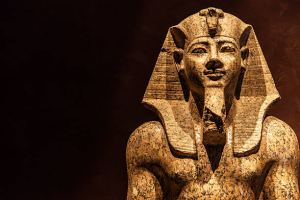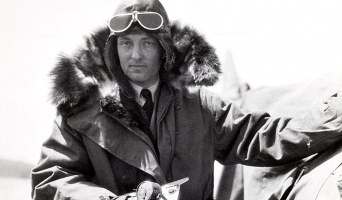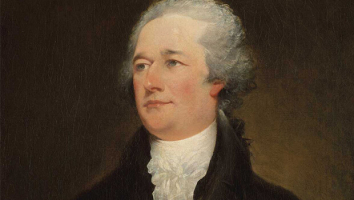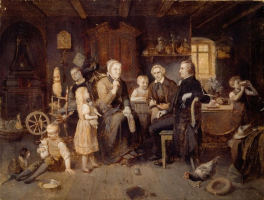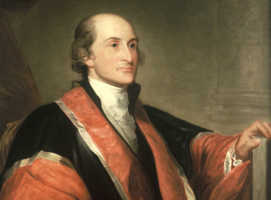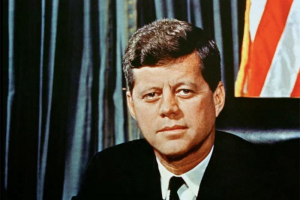Top 10 Interesting Facts about Jewish Marriage
Jewish marriage is a combination of traditions, beliefs, and customs that have been woven together over centuries, creating a rich and meaningful ceremony. In ... read more...this article, we will uncover some of noteable aspects of this event.
-
In Jewish traditions, the wedding day is not just a celebration of love and union; it carries a profound spiritual significance, often likened to an individual's personal Yom Kippur. Yom Kippur, known as the Day of Atonement, holds a central place in Jewish spirituality. On this sacred day, Jews seek forgiveness and absolution for their sins through repentance, prayer, and fasting. Drawing a parallel between the wedding day and Yom Kippur emphasizes the gravity of this moment in a person's life.
On this day, as a couple stands beneath the wedding canopy, or chuppah, their hearts are open to the divine presence. They recognize the need for purification and a fresh start as they embark on this journey of marriage. The notion that their wedding day can be a form of personal Yom Kippur signifies the deep spiritual connection between the individual and their faith.
What makes this comparison even more intriguing is the tradition of fasting on the wedding day, a practice followed by many Jewish couples. Fasting, a fundamental element of Yom Kippur, is voluntarily embraced as an act of devotion on the wedding day. It symbolizes the couple's collective commitment to starting their married life with purity and sincerity, much like the fasting on Yom Kippur is an expression of repentance and renewal.
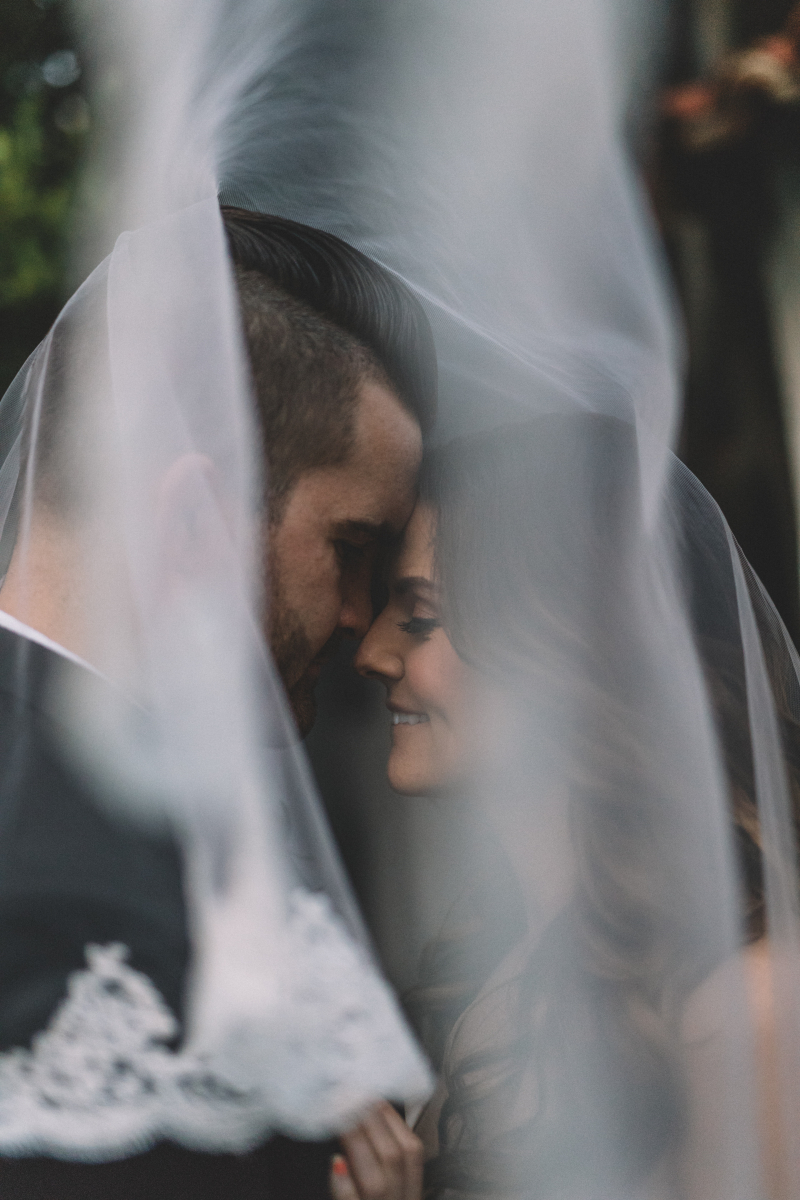
Photo by Nathan Dumlao on Unsplash 
Photo by Foto Pettine on Unsplash -
What distinguishes many Jewish wedding ceremonies is the choice to place the chuppah outdoors, under the open expanse of the sky. This decision carries layers of meaning and significance that extend far beyond the physical setting. Under the open heavens, the bride and groom stand beneath the chuppah, surrounded by the beauty and vastness of the natural world. The chuppah is typically a simple and flimsy structure, lacking walls, signifies the couple's intention to build a home together.
The chuppah also symbolizes the Jewish concept of "bayit ne'eman b'Yisrael," which means a "faithful house in Israel." This phrase underscores the idea that a Jewish home should be a place of trustworthiness and reliability, where Jewish values are lived and cherished. Under the chuppah, the couple makes a solemn vow to establish a home, one that serves as a source of inspiration and a safe haven for their family and community.
Additionally, the chuppah, with its open sides, represents the couple's connection to their families and their willingness to maintain strong ties to their roots. It is a recognition that they are not forming an isolated unit but rather becoming part of a larger community, where the love and support of family will always be an integral part of their lives.
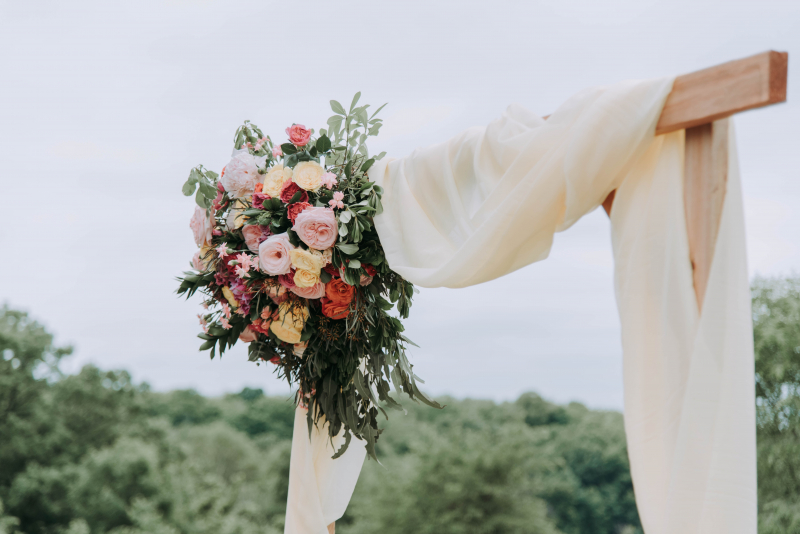
Photo by Samantha Gades on Unsplash Video by Lawrence Glass -
In Jewish marriages, the ketubah enumerates the husband's obligations towards his wife during their married life. These encompass a broad spectrum of commitments, including conjugal, material, and emotional responsibilities. From providing for her material needs to fostering an environment of emotional support and care, the ketubah reflects the idea that marriage in Judaism is not merely a union of two individuals but a partnership built on mutual respect and consideration.
However, the ketubah's significance extends far beyond the wedding day. It serves as a safeguard for the wife in the unfortunate event of divorce or the husband's passing. In these trying circumstances, the ketubah ensures that the wife is not left vulnerable or disadvantaged. It stipulates compensation and financial provisions, shielding her from potential economic hardship, and underscoring the Jewish commitment to fairness and compassion, even in the face of dissolution.
Last but not least, the ketubah also reflects Jewish belief in the sanctity of marriage and the divine function it serves in the life of the couple. It serves as a physical representation of the marriage commitment and the bond between the couple and their religion. This holy agreement represents both their mutual commitment to upholding Judaism's ideals and their devotion to one another.

Photo by picjumbo.com on Pexels 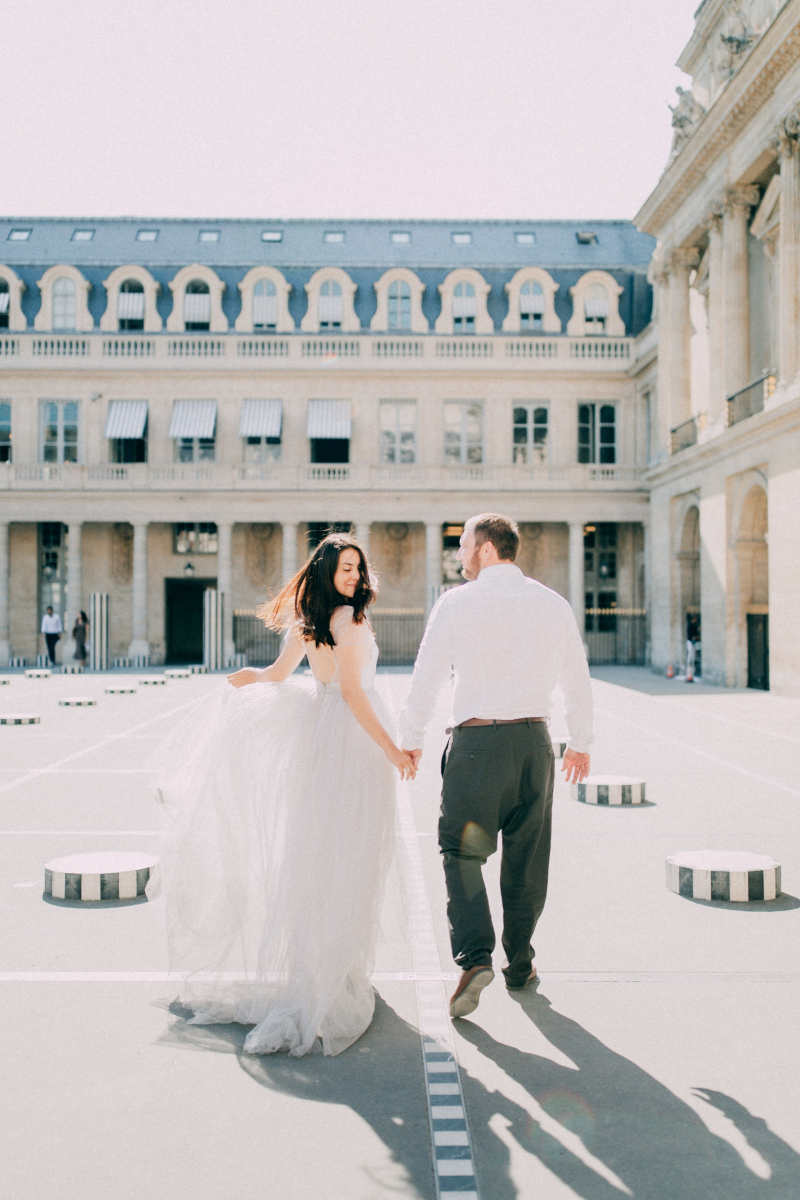
Photo by Eugenia Remark on Pexels -
At the climax of a Jewish wedding ceremony, when the vows have been exchanged, and the couple is on the threshold of their new life together, the groom shatters a glass with his foot. This tradition has its roots in Jewish history, tracing back to the destruction of the Holy Temple in Jerusalem. The breaking of the glass symbolizes the sorrow and devastation of that momentous event, which has left an indelible mark on Jewish consciousness.
The shattered glass holds profound symbolism within the Jewish faith. It serves as a stark reminder that, even in the most joyous moments of life, the world remains far from perfect. It reminds the couple and the community that there is work to be done in repairing the world, in healing divisions, and in striving for a more perfect and harmonious future.
Interestingly, the tradition also conveys the idea that within imperfection lies the potential for growth, renewal, and transformation. Just as the glass is broken, so too can it be mended. This symbolizes the couple's ability to overcome challenges and adversity in their journey together. It serves as a reminder that, in facing life's inevitable difficulties, they have the resilience and strength to emerge stronger and more united.

Photo by Scott Webb on Unsplash Video by 18Doors -
In Jewish weddings, the presentation of the tallit is a moment of great significance and emotion. The tallit is a traditional Jewish prayer shawl, often characterized by its white fabric adorned with blue or black stripes, bearing deep religious symbolism. While the tallit is typically worn during Jewish prayer services, its role within the context of a wedding ceremony is unique and profound.
The tradition of gifting the groom a new tallit on his wedding day finds its roots in historical Jewish practices. Traditionally, the tallit is a symbol of Jewish identity, faith, and devotion to God. It is a sacred garment worn during prayer, serving as a physical reminder of one's spiritual connection and obligations. When a bride presents a new tallit to her groom, it signifies her commitment to supporting his spiritual journey and her hope for a future founded on shared faith and values.
In some Jewish communities, the groom wears the tallit under the chuppah, symbolizing his continued connection to his faith even as he enters this new chapter of life. In other cases, the tallit is draped over both the groom and the bride, enveloping them in a symbolic embrace of shared spiritual responsibility and unity. This powerful act underscores the idea that their marriage is a partnership on a shared spiritual journey.
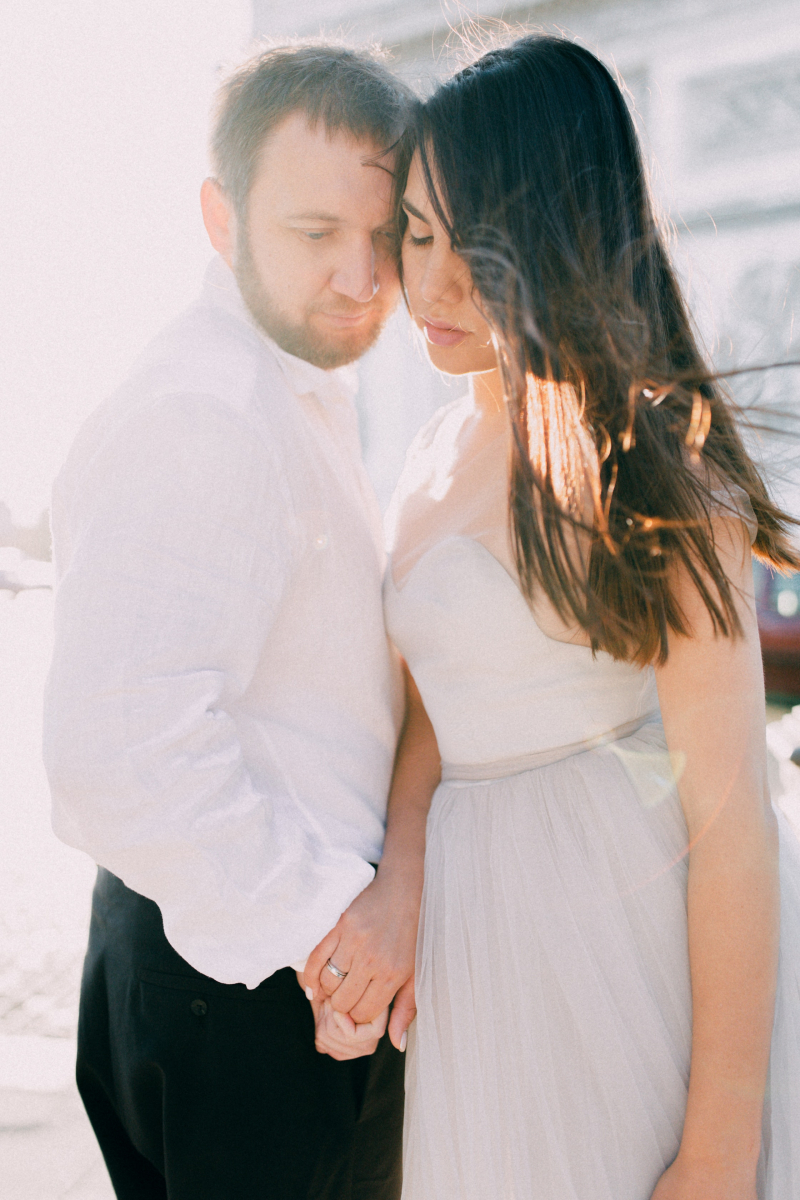
Photo by Eugenia Remark on Pexels 
Photo by Tiko Giorgadze on Unsplash -
The tradition of praising the bride to the groom is a cherished and integral part of Jewish marriage ceremonies. It unfolds as a heartfelt expression of love and admiration from the groom's perspective. As the bride stands before him, radiant in her bridal attire, the groom is encouraged to share words of praise that celebrate her beauty, grace, capabilities, and overall wonderful qualities. This act serves not only as an affirmation of their love but also as a public declaration of his admiration for his future wife.
However, not every bride may fit the traditional standards of grace or beauty. Jewish sages were aware of this fact and offered a deep remedy: praise her anyway. This imeless wisdom encourages the groom to dig behind the surface and discover in his wife characteristics deserving of appreciation and celebration. It is a reminder that true beauty resides not only in physical appearances but also in character, kindness, strength, and resilience.
The act of praising the bride, even when she may seem lacking in certain qualities, carries deep and enduring significance for the marriage. It demonstrates the groom's commitment to seeing the best in his bride and his willingness to nurture and celebrate her uniqueness. This unconditional praise can have a transformative effect on the relationship, fostering an environment of acceptance and love.

Photo by Allef Vinicius on Unsplash 
Photo by Снежана on Pexels -
Before the wedding ceremony commences, the bride and groom are called to the Torah for a special blessing known as an aliyah. As they stand before the Torah, they seek spiritual guidance and invoke the presence of God in their union. The aliyah serves as a reminder that their marriage is not just a union of two individuals but a partnership blessed by the divine.
The rabbi or an elder from the congregation offers a sincere blessing known as misheberach after the aliyah. Invoking heavenly favor and well-being onto the couple as they get ready to start their married life together, this blessing is a lovely invocation. The misheberach serves to emphasize that marriage is not simply a private matter, but also a community celebration in which the happy couple is surrounded by the support and prayers of their larger family and neighborhood.
One of the most joyous and beloved customs that follow the misheberach is the tossing of candies. As the blessings are bestowed upon the couple, members of the congregation eagerly participate by throwing candies at them. This delightful tradition symbolizes the hope for a sweet and joyous life together. The candies, showering down upon the couple like raindrops of happiness, carry with them the heartfelt well-wishes and blessings of the community.
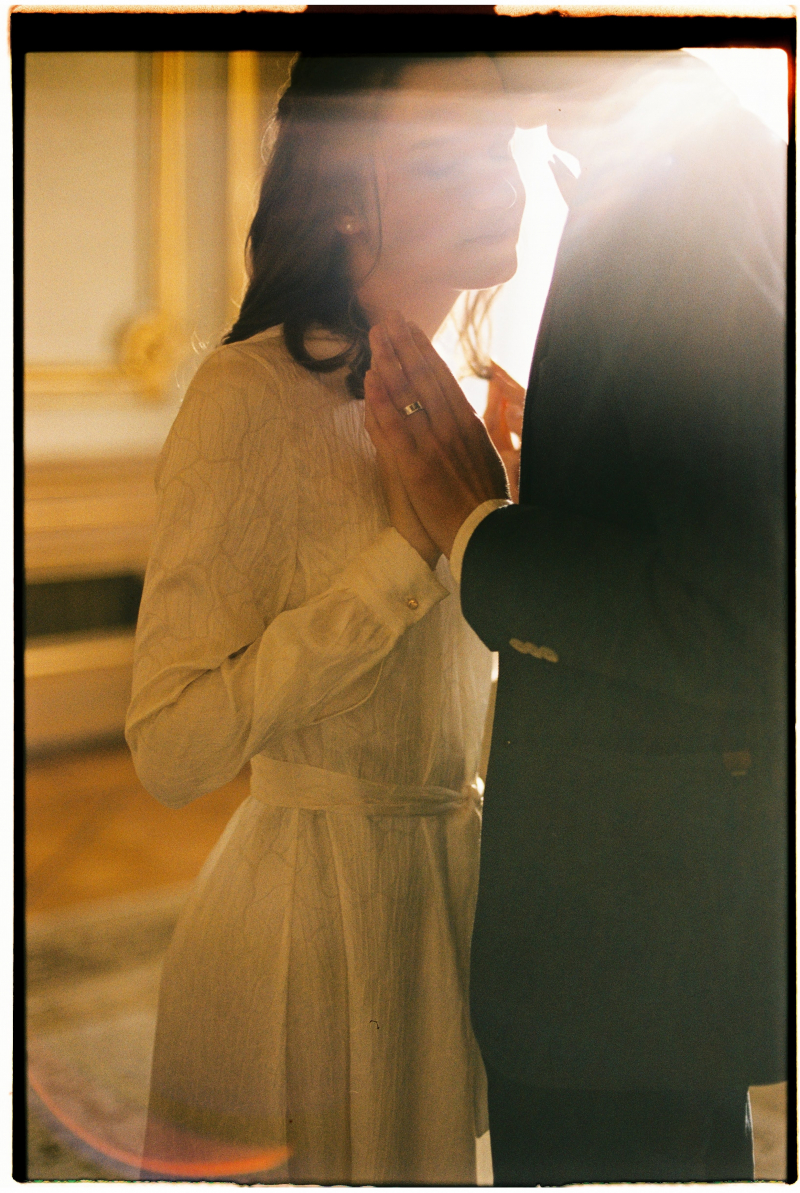
Photo by Yaroslava Borz on Pexels 
Photo by Jonathan Borba on Pexels -
What makes this tradition particularly distinctive is the use of a giant braided challah bread, often specially baked for the occasion. Jewish custom dictates that challah be braided and has special symbolism that stands for continuity and unity. The couple's intertwined lives and dedication to traveling life's road side by side are symbolized by the braids. The big challah that is served at a wedding feast represents the spiritual nourishment and harmony that the couple want to exemplify in their marriage.
The Hamotzi blessing is a quintessential Jewish blessing recited before eating bread. This moment is when the groom, standing at the center of the wedding feast, invokes this sacred blessing, ushering in a sense of sanctity and celebration to the meal. It is a profound acknowledgment of gratitude to the divine for the sustenance provided by the bread. It symbolizes the nourishment not only of the body but also of the soul and spirit.
The recitation of the Hamotzi blessing is not just an individual act but a communal one. As the groom recites the blessing, the guests, family, and friends gather around, creating a sense of togetherness and shared celebration. It underscores the communal nature of Jewish weddings, where family and community play a pivotal role in supporting the couple on their journey.
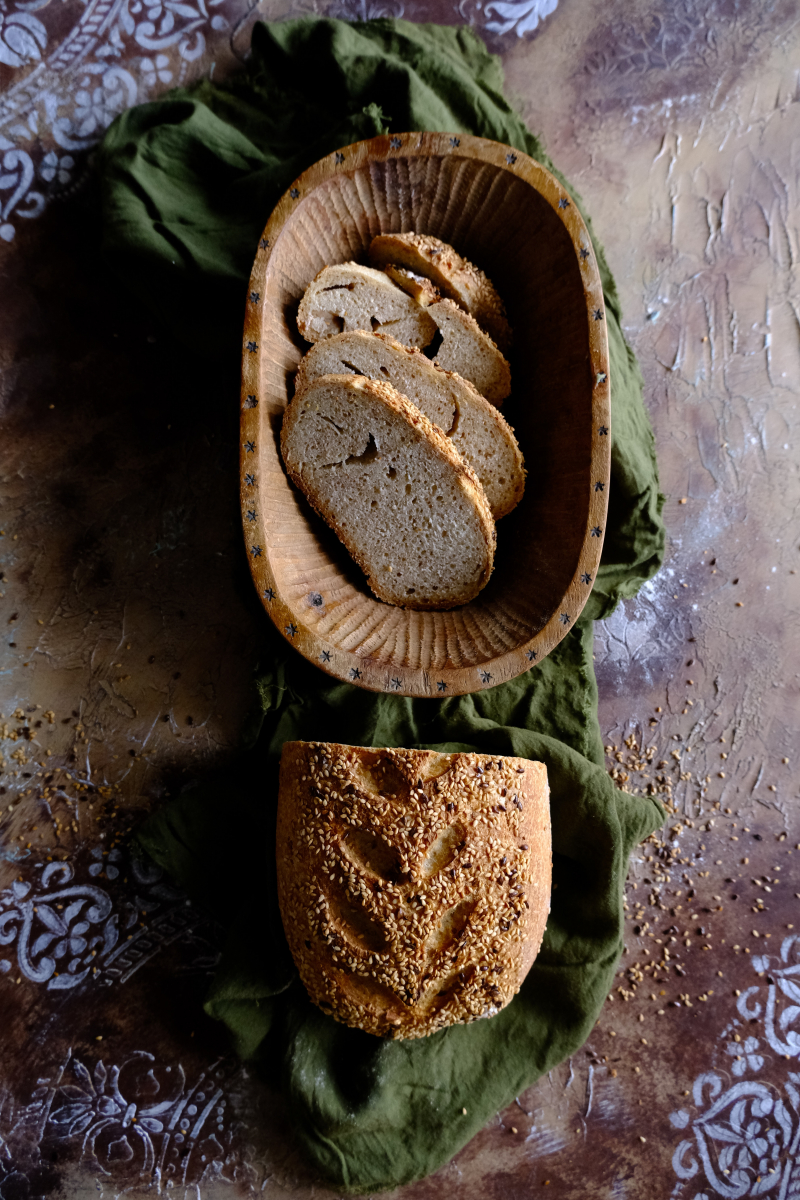
Photo by Işıl on Unsplash 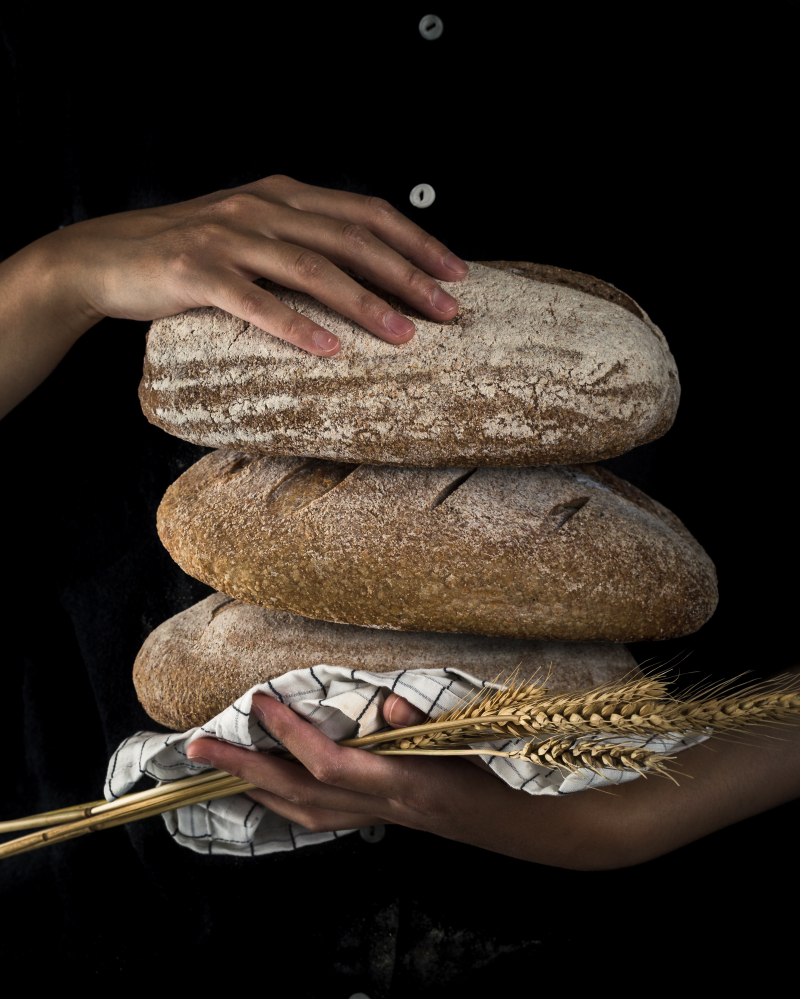
Photo by Mae Mu on Unsplash -
In Jewish tradition, the wedding day is not just a singular event but the launch of a week-long celebration known as Sheva Berachot or the Seven Blessings. These seven days are a continuation of the joyous occasion, allowing family and friends to come together, share in the happiness of the newlyweds, and offer their blessings and support.
A significant aspect of these celebratory gatherings is the breaking of bread together. Whenever the bride and groom dine together during this week, accompanied by a quorum of ten men, a beautiful custom is observed. After the Grace After Meals is recited, it is followed by the Sheva Brachot—the seven blessings. These blessings are recited over glasses of wine, symbolizing the sweetness and richness of the marital union. The bride and groom, as well as the entire congregation, partake in these blessings by drinking from their respective cups.
The Sheva Brachot hold a special place as a continuation of the joy and love that permeate the ceremony. These seven blessings, recited over glasses of wine, are a poignant reminder of the significance of the marital union and the enduring love and support of the community. The seven days of celebration, marked by these blessings, are a beautiful testament to the richness of Jewish tradition and the enduring nature of love.
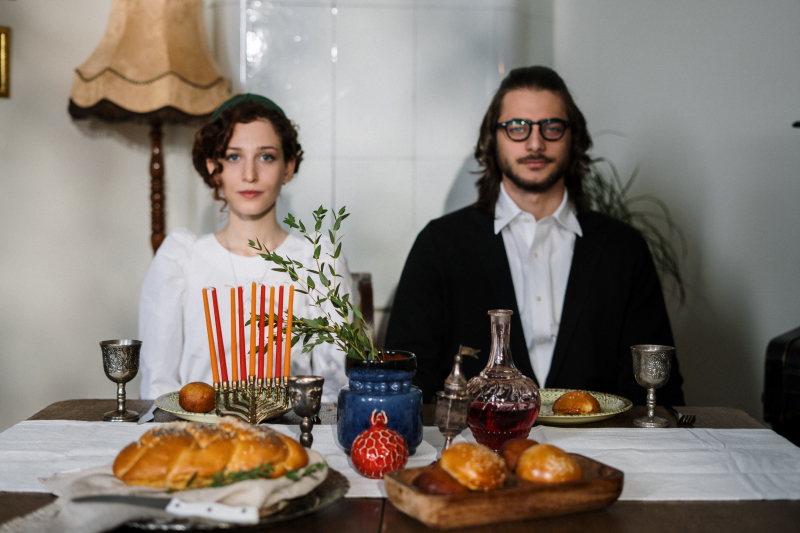
Photo by cottonbro studio on Pexels 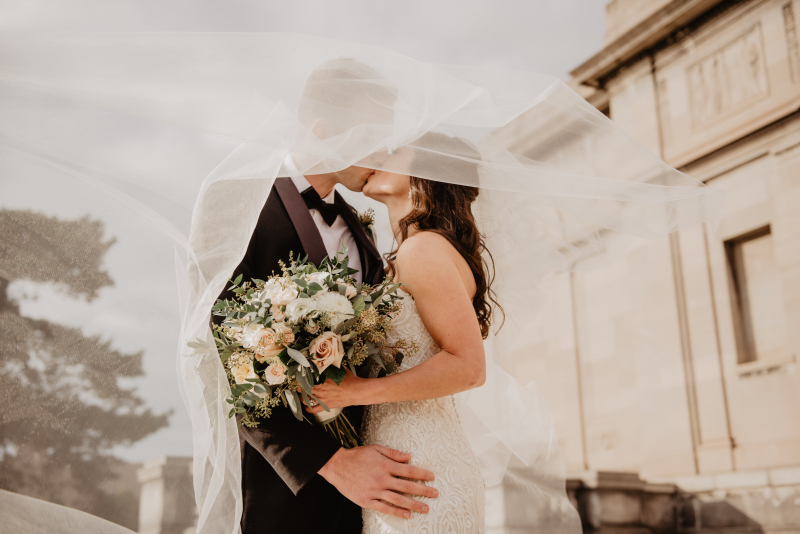
Photo by Emma Bauso on Pexels -
"Mazel tov!" is a phrase that embodies the spirit of celebration in Jewish weddings. Pronounced with enthusiasm and accompanied by heartfelt cheers and claps, it marks the culmination of the wedding ceremony. It is a declaration of joy and shared happiness, a testament to the communal support and blessing extended to the newly married couple.
The literal translation of "Mazel tov" is often understood as "good luck" or "congratulations." However, its depth and significance go beyond these simple translations. The phrase originates from Hebrew and Aramaic roots, where "mazel" refers to a constellation or a celestial influence. In essence, "Mazel tov" carries the meaning of wishing the best for the future, a great destiny, or a proclamation that the person or people in question have just experienced great fortune.
At its core, "Mazel tov" is a heartfelt expression of hope and optimism. It conveys the idea that the couple's union is not just a fortunate event but also the beginning of a promising and blessed journey. It is a wish for their lives together to be filled with happiness, prosperity, and success. It is an affirmation of the enduring values of Jewish weddings, which emphasize the importance of family, community, and the blessings that come from shared happiness.

Photo by Kats Weil on Unsplash 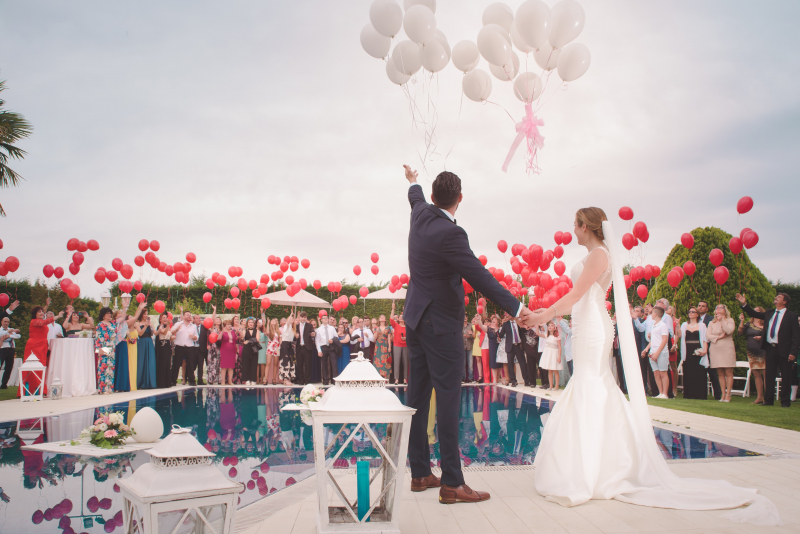
Photo by Álvaro CvG on Unsplash






















